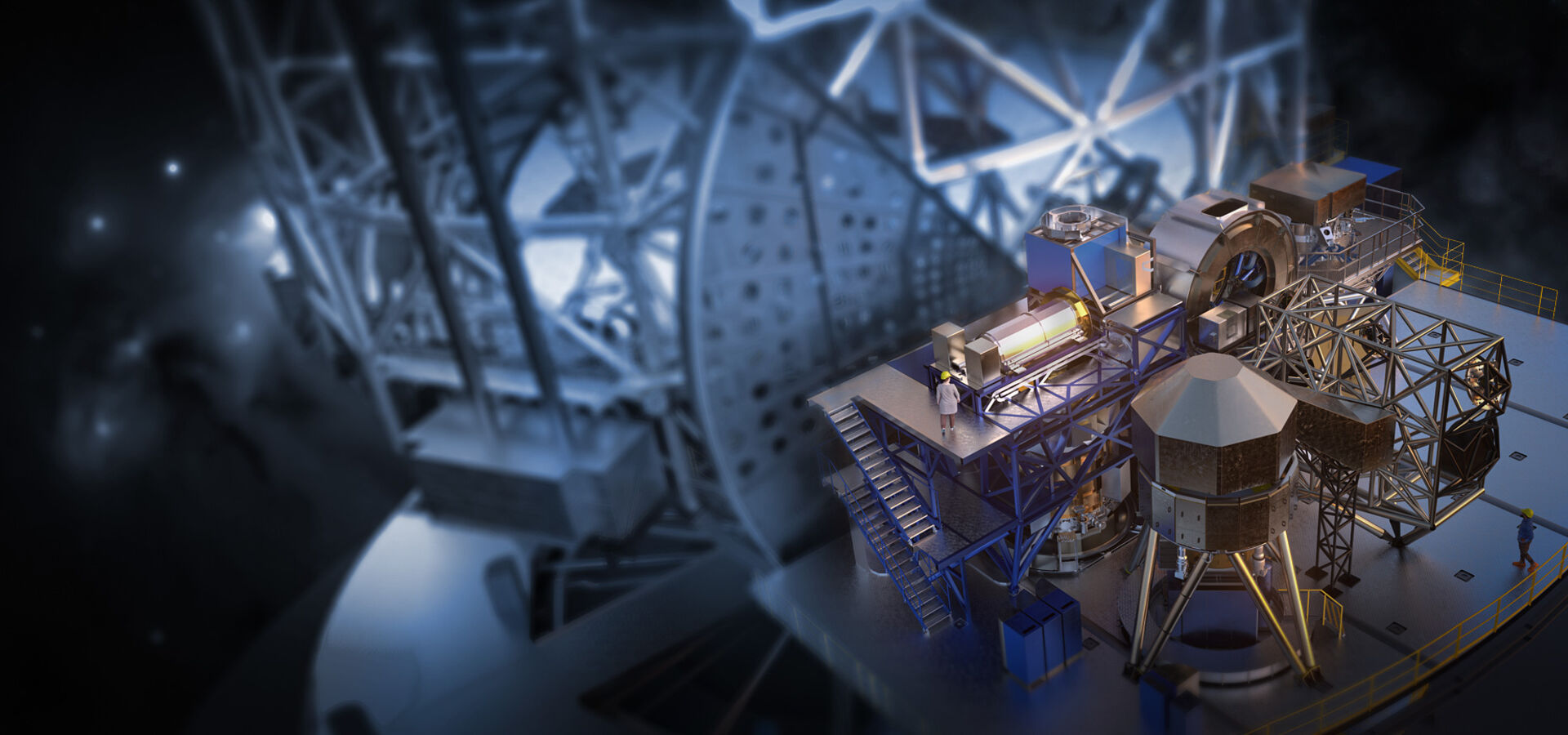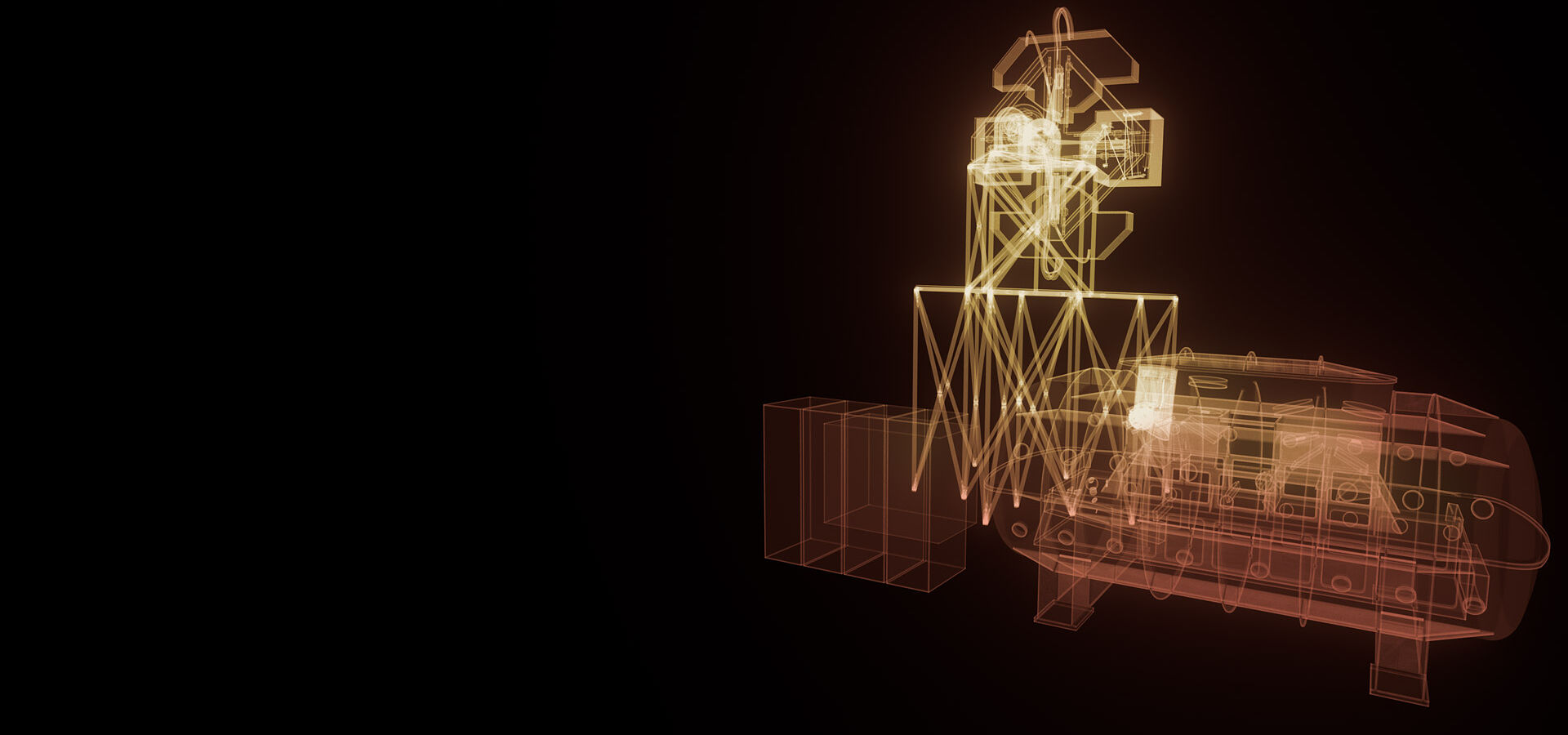
European
Southern
Observatory


The high-resolution ELT instrument ANDES, formerly known as HIRES, will allow astronomers to study astronomical objects that require highly sensitive observations. It will be used to search for signs of life in Earth-like exoplanets, find the first stars born in the Universe, test for possible variations of the fundamental constants of physics, and measure the acceleration of the Universe's expansion.
The high-resolution ELT instrument ANDES, formerly known as HIRES, will allow astronomers to study astronomical objects that require highly sensitive observations. It will be used to search for signs of life in Earth-like exoplanets, find the first stars born in the Universe, test for possible variations of the fundamental constants of physics, and measure the acceleration of the Universe's expansion.
The high-resolution ELT instrument ANDES, formerly known as HIRES, will allow astronomers to study astronomical objects that require highly sensitive observations. It will be used to search for signs of life in Earth-like exoplanets, find the first stars born in the Universe, test for possible variations of the fundamental constants of physics, and measure the acceleration of the Universe's expansion.
As a powerful spectrograph, ANDES will split up light from astronomical targets into all its component wavelengths, enabling astronomers to study a wide range of wavelengths in high-resolution. This second-phase ELT instrument will combine its high resolution and wide spectral range with the huge surface area of the ELT to produce data with exquisite detail and sensitivity.
The high-resolution data collected by the instrument will enable astronomers to research an unprecedented range of topics spanning most areas of astrophysics and even breaking into the domain of fundamental physics. ANDES has the potential to greatly impact our understanding of the cosmos and its fate.
ANDES has a broad range of science cases. Some of its most outstanding scientific goals include characterising the atmosphere of Earth-like exoplanets—with the ultimate goal of detecting signatures of life—identifying the very first generation of stars, studying possible variations in some of the fundamental constants of physics, and directly measuring the acceleration of the Universe's expansion.
Thanks to the ELT's enormous main mirror, ANDES will be able to explore and characterise planets outside of our Solar System. After decades of detecting exoplanets, the focus is now on observing and quantifying their atmospheres; the ultimate goal is to detect signatures of life. The unprecedented capabilities of ANDES will enable astronomers to investigate the chemical composition, layers, and weather in the atmospheres of many different types of exo-planets, from Neptune-like to Earth-like, including those in stars' habitable zones. ANDES will also be able to observe forming protoplanets and their impact on the natal protoplanetary disc.
Moving much further from Earth, ANDES is likely to be the first instrument to unambiguously detect the fingerprints of the first generation of stars (“population III” stars) that lit up the primordial Universe. This will be achieved by measuring the relative abundance of various chemical elements in the intergalactic medium in the early Universe and by detecting the chemical enrichment pattern typical of the first supernova explosions.
Beyond astronomy, ANDES will reach into the territory of fundamental physics. It will help astronomers determine whether some of the fundamental constants of physics, which regulate most physical processes in the Universe, could actually change with time or space. In particular, ANDES will provide the most accurate tests of the fine-structure constant and the electron-to-proton mass ratio. Furthermore, ANDES will be used to directly measure the acceleration of the Universe’s expansion; such a measurement would greatly impact our understanding of the Universe and its fate.
The ANDES baseline design is that of a modular fibre-fed cross dispersed echelle spectrograph which has two ultra-stable spectral arms, visual and near-infrared, providing a simultaneous spectral range of 0.4 -1.8 μm at a spectral resolving power of R~100,000 for a single object. ANDES will also include an IFU mode fed by a single-conjugate adaptive optics (SCAO) module to correct for the blurring effect of turbulence in the atmosphere.
ANDES will separate light from the ELT mirrors into two-wavelength channels using dichroic filters. Each wavelength channel interfaces with several fibre bundles that feed the corresponding spectrograph module (visual and near-infrared). Each fibre-bundle corresponds to an observing mode. All spectrometer modules have a fixed configuration, i.e. no moving parts. They include a series of parallel entrance slits consisting of linear micro-lense arrays each glued to the fibre bundles.
ANDES has completed the initial project stage known as Phase A.
Wavelength
0.40—1.80 μm (baseline), 0.35—2.40 μm (goal)
Spectral resolution
100,000
Wavelength precision
1 m/s (baseline), 0.1 m/s (goal)
Wavelength calibration stability
1 m/s over 24 hours (baseline), 0.02 m/s over 10 years (goal)
Tool to predict the exposure time needed to study an object with the instrument, for set environmental conditions
Description of the scientific motivations for the instrument, as initially submitted by the Instrument Consortium
Description of the characteristics of the instrument required by the science case
The ANDES project is developed by an International Consortium composed by Research Institutes of 14 Countries. Brazil: Núcleo de Astronomia Observacional, Universidade Federal do Rio Grande do Norte (CI); Instituto Mauá de Tecnologia. Canada: Institut de Recherche sur les Exoplanètes and Observatoire du Mont-Mégantic, département de physique, Université de Montréal. Chile: Pontificia Universidad Catolica de Chile (CI); Centre of Astro Engineering, Universidad de Chile; Department of Astronomy, Universidad de Concepcion; Center of Astronomical Instrumentation, Universidad de Antofagasta. Denmark: Niels Bohr Institute, University of Copenhagen (CI); Department of Physics and Astronomy, Aarhus University. France: Laboratoire d’Astrophysique de Marseille, CNRS, CNES, AMU (CI); Institut de Planétologie et d’Astrophysique de Grenoble, Université Grenoble Alpes; Laboratoire Lagrange, Observatoire de la Côte d’Azur; Observatoire de Haute Provence, CNRS, AMU, Institut Pythéas, Institut de Recherche en Astrophysique et Planetologie, Observatoire Midi-Pyrénées; Laboratoire Univers et Particules, Université de Montpellier. Germany: Leibniz-Institut für Astrophysik Potsdam (CI); Institut für Astrophysik, Universität Göttingen; Zentrum für Astronomie Heidelberg, Landessternwarte; Thüringer Landesternwarte Tautenburg; Hamburger Sternwarte, Universität Hamburg. Italy: INAF, Istituto Nazionale di Astrofisica (Lead Technical Institute). Poland: Faculty of Physics, Astronomy and Applied Informatics, Nicolaus Copernicus University in Torun. Portugal: Instituto de Astrofísica e Ciências do Espaço (IA) at Centro de Investigaço em Astronomia/Astrofísica da Universidade do Porto (CI), Instituto de Astrofísica e Ciências do Espaço at Faculdade de Ciências da Universidade de Lisa. Spain: Instituto de Astrofísica de Canarias (CI); Instituto de Astrofísica de Andalucía-CSIC; Centro de Astrobiología Sweden: Dept. of Physics and Astronomy, Uppsala University. Switzerland: Département d’Astronomie, Observatoire de Sauverny, Université de Genève (CI); Universität Bern, Physikalische Institut. United Kingdom: Science and Technology Facilities Council (CI); Cavendish Laboratory & Institute of Astronomy, University of Cambridge; UK Astronomy Technology Centre; Institute of Photonics and Quantum Sciences, Heriot-Watt University. USA: Department of Astronomy, University of Michigan.
Principal Investigator
Alessandro Marconi (University of Florence, Italy)
Project Scientist
Roberto Maiolino (University of Cambridge, UK)
Project Manager
Paolo Di Marcantonio (INAF Trieste, Italy)
ESO Project Engineer
ESO Project Scientist
ESO Project Manager